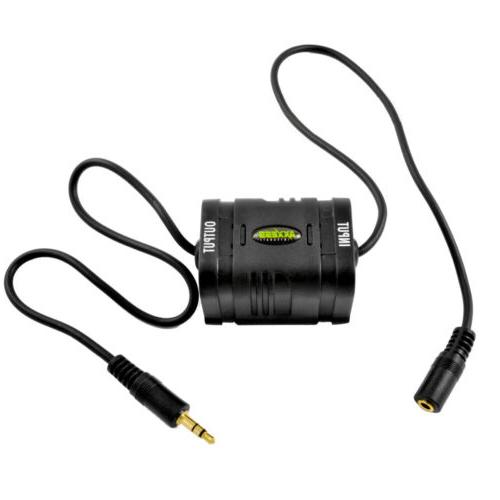

Remember the voltage generated in the body (voltage drop across the chassis from other electrical accessories)? Well if the amplifier used the ground in the rear of the vehicle (where the amplifier is mounted) as the audio reference instead of the shield ground (which is referenced to ground at the head unit's mounting position) as a reference, the voltage generated through the body would become part of the amplified signal. It should take the signal from the RCA cable's center conductor, compare the center conductor's signal to the RCA's shield (the reference) and amplify the difference between the two. The amplifier's input shield connection (if properly designed) will have virtually no connection to the amplifier's power ground. These input circuits will, ideally, completely isolate the audio's shield ground from the amplifier's internal connection chassis ground. It is an attempt to make the concept clear to those who are new to car audio.Įvery piece of car audio equipment has some type of noise canceling circuit on the audio input circuit.


This next paragraph will become agonizingly redundant. These pulses create noise that varies with engine (and therefore alternator) speed. To make matters worse, the alternator produces small pulses which aren't completely filtered out by the battery and/or capacitors. If you could measure the voltage from the ground for your amplifier to the ground for the head unit, you would see a very small difference of voltage even though they are both ground. Any time that you have current flowing through a conductor (which, as you remember, has resistance) you will have a voltage drop across the conductor.Īny accessory (lights electric motors etc.) which are grounded to the body will cause varying voltages across the conductor (the body of the vehicle). This includes the vehicle's metallic chassis. You already know that ALL conductors have resistance. This means that the audio output's reference is tied to the mounting position of the head unit. The head unit's preout audio section is referenced to ground (the metal outer chassis of the head unit to be more precise). Computer, amplifier, stereo, CD: use a passive headset to plug in the computer to hear if there is no noise, use the phone to insert.Ground loop isolators are used to break the DC circuit path for the audio shield ground circuit. The source is connected, such as a telephone), connected to the AUX of the car's center console, and plays the music of the phone, so there is no noise, it can be confirmed that the past noise is caused by the common ground.ģ. Use the audio cable to the battery-powered mobile phone, or MP3 (note the phone, MP3 does not have any electricity with the car. If there is no noise in the sound heard, it can be confirmed that the noise of the vehicle equipment is caused by the common ground.Ģ. Use headphones to connect with car MP3, car navigation AUX (3.5mm interface), if at this time from the headset
Audio isolator how to#
How to determine if noise is caused by common ground:ġ. Therefore, this product can only eliminate the noise and current sound of the common electricity products, and can not eliminate other causes. It will change as the engine speed changes. The whistle is almost the same, the frequency of this noise. There is an audio interference, like a mouthpiece. The noise is mainly reflected in the car audio. Because the grounding points of the two devices are different, it is possible to generate common ground noise. Due to the difference in grounding resistance, noise is transmitted into the electrical equipment through the ground wire inside, it creates interference. Simply put, the ground point of the two electrical appliances is not at the same point. This product is an audio common ground isolator, which effectively suppresses the noise caused by the common ground for the sound source and the receiving device. Pot Magnets with Cylindrical Borehole Screw-on.Adjustable Step Up / Step Down Power Supplies.12 V Step Up / Step Down Power Supplies.3.3 V Step Up / Step Down Power Supplies.


 0 kommentar(er)
0 kommentar(er)
